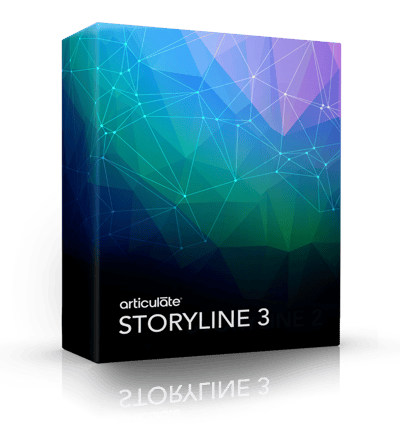Bookmark This! Relevant Articles For Learning Leaders.
Steps to Convert your Courses from Flash to HTML5
Pre-Development
Here are the considerations you need to keep in mind even before you provide your Flash courses for conversion.
1. Audit Of Your Flash Courses
Bring together all your eLearning resources – courses, videos, and other digital resources. Once you do this, list out all the resources that require a Flash player to view. Any file with the extension .flv or .swf relies on a Flash player.
Now identify which of these Flash-based courses you would like to convert to HTML5, and analyze the courses. Segregate them into those that can be converted to HTML5 directly, ones that need minor content updates, ones that need rebranding, and ones that need to be converted into bite-sized modules.
Once the courses are segregated, prioritize them for conversion. For example, if your blended training program for new hires requires them to go through a couple of Flash-based eLearning courses and you’re planning to onboard employees in a month, converting these courses would be on priority. This will definitely avoid delays and also give an idea to the vendor on where exactly they need to start from.
2. Ensure You Have The Resources In Place
Before going ahead with the conversion process, check if you have source files of all the Flash courses that you are planning to convert. Gather all the source files you have and place them in a single location. This will make it easy to pass on the files to your vendor. In case you do not have the source files, do not worry, the conversion is still possible by using the Record and Redesign (provided media elements are available) methodologies.
Apart from the source files, place all media elements you have into appropriate folders according to their format.
3. Choose An Appropriate Authoring Tool
|
Make sure you choose the right authoring tool for your need. Do you want to convert your Flash-based courses into HTML5 by retaining most of the interactivities in the Flash courses? Then Articulate Storyline 360 would be the right choice. Do you want to convert your Flash courses and make them truly responsive? Then Lectora Inspire 17 or Articulate Rise would be the right choice for you. Similarly, each authoring tool has its own strengths and unique features. So always ensure you analyze your content thoroughly and then choose an appropriate authoring tool based on your training need. |

|
If you have further questions on making the rights choice among the many authoring tools, a Jordack Engagement Partner has the expertise to identify which tool is best for your organizations needs.
4. Don’t Just Convert, Update
Your existing Flash-based courses may fall under these categories:
- Have relevant content and require direct conversion to HTML5 with minimal or no changes
- Have Flash-based interactivities that might need to be redesigned using HTML5-based authoring tools
- Require a visual uplift and minor changes in content
- Require a complete overhaul in terms of content, instructional strategy, or design
When you convert eLearning courses from Flash to HTML5, take this as an opportunity to review all your courses thoroughly, and decide if just converting them would be enough or updating the content is necessary too. If yes, provide the updated content to the vendor along with the existing Flash courses.
5. Adopt The Trending Learning Strategies
Use this opportunity to redevelop your courses using Instructional Design strategies and techniques that are more equipped to resonate with your modern learners. For example, if you have been providing online training through lengthy courses, take this opportunity to reconfigure these courses as a curriculum of microlearning assets during the conversion. You have a lot of trending strategies and techniques to choose from: gamification, scenario-based learning, videos, podcasts, etc.
6. Make Your Courses Responsive
Flash was never supported by iOS devices, which means your Flash-based eLearning is inaccessible to learners using iPhones and iPads. While old versions of Android supported Flash, the later versions didn’t. It is time you convert your courses to be responsive, i.e., make the courses accessible on any mobile device – smartphones, tablets, or laptops. Once you convert your Flash courses to be responsive, your learners can easily access the courses in any device they wish to learn from.
Post-Development
7. Ensure Thorough Review And Testing
Whether you convert Flash to HTML5 in-house or outsource it, a thorough review and testing process is essential.
- Reviews are an ongoing process during course development as well as post-development.
- Your outsourcing partner for Flash to HTML5 conversions should have a well-defined quality check process in place. For in-house reviewers involved in the project, consider creating a checklist to monitor the quality of converted courses.
- After the HTML5 courses are uploaded to the Learning Management System (LMS), do thorough testing of these courses.
- If you had intended to make these HTML5-based courses accessible on multiple devices, test these courses on various devices (iPads, smartphones, laptops) and browsers to ensure their functionality remains the same.
If you haven’t already planned to convert your existing Flash-based eLearning to HTML5, it’s time you give this some serious thought. Converting Flash courses to HTML5 doesn’t have to be a daunting task. Following this checklist can ease the conversion process and ensure you get your maximum ROI in Flash to HTML5 conversion projects.
Sources: eLearning Industry: Ayesha Habeeb Omer

